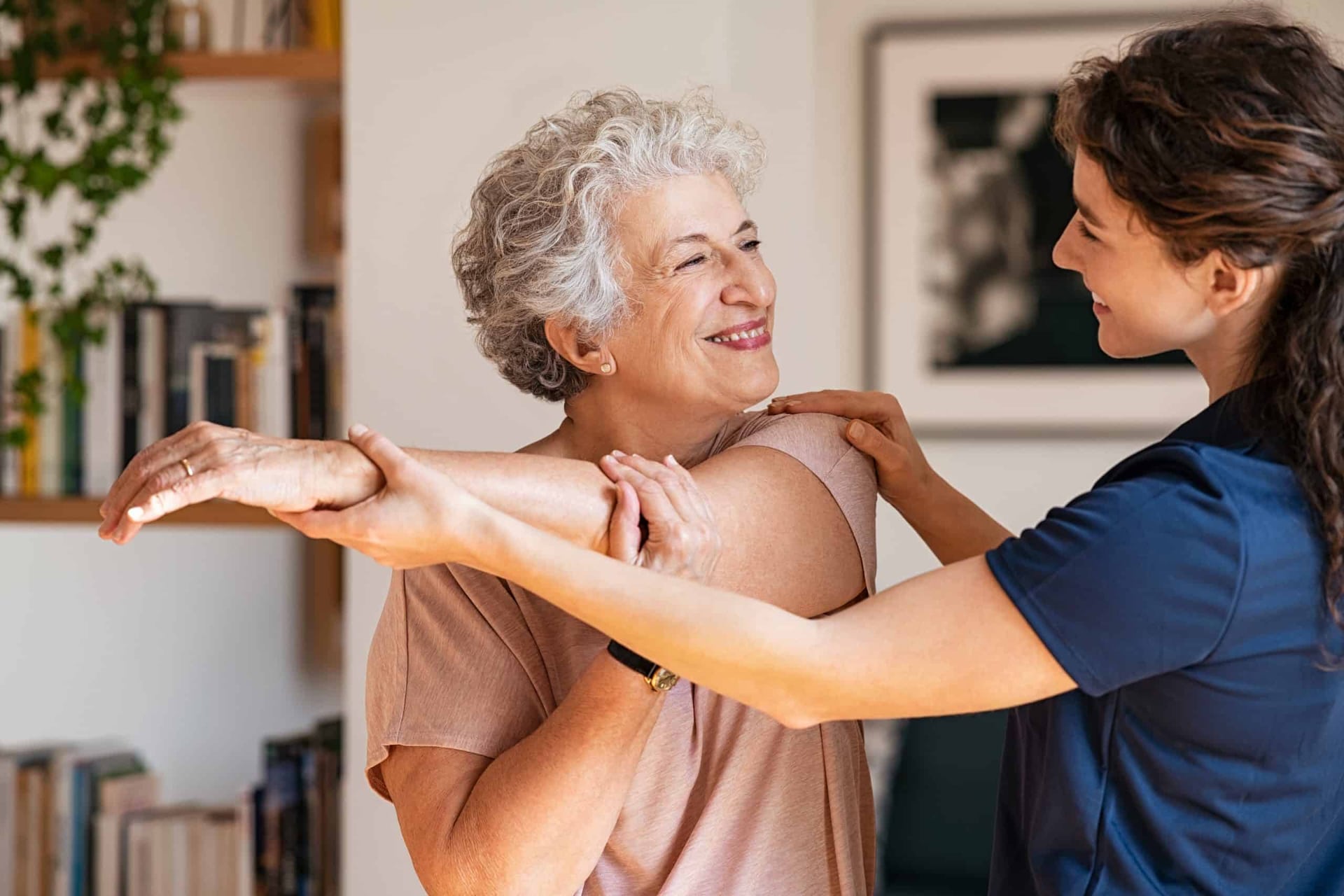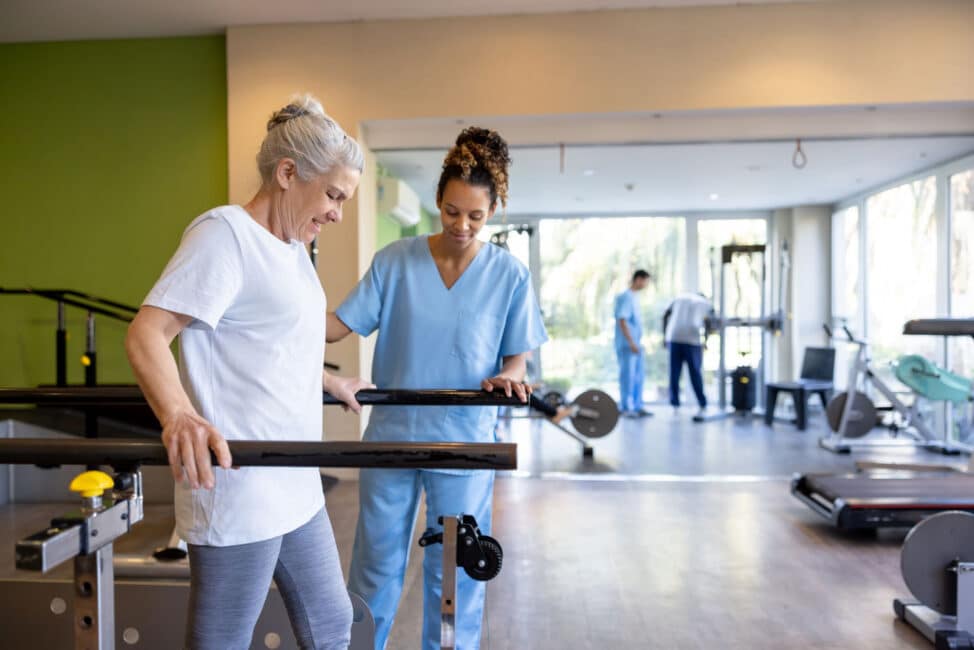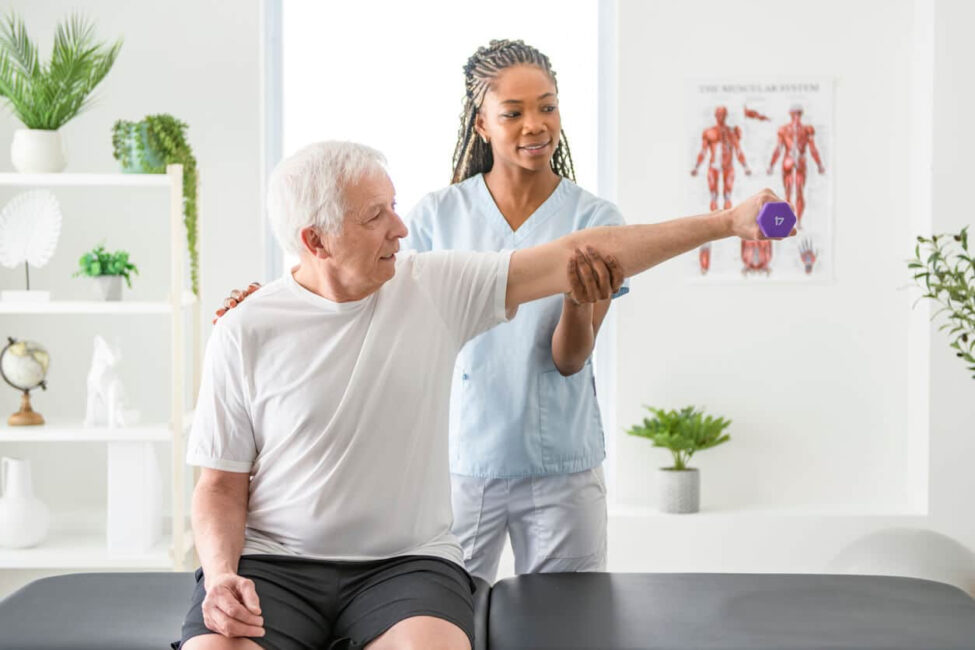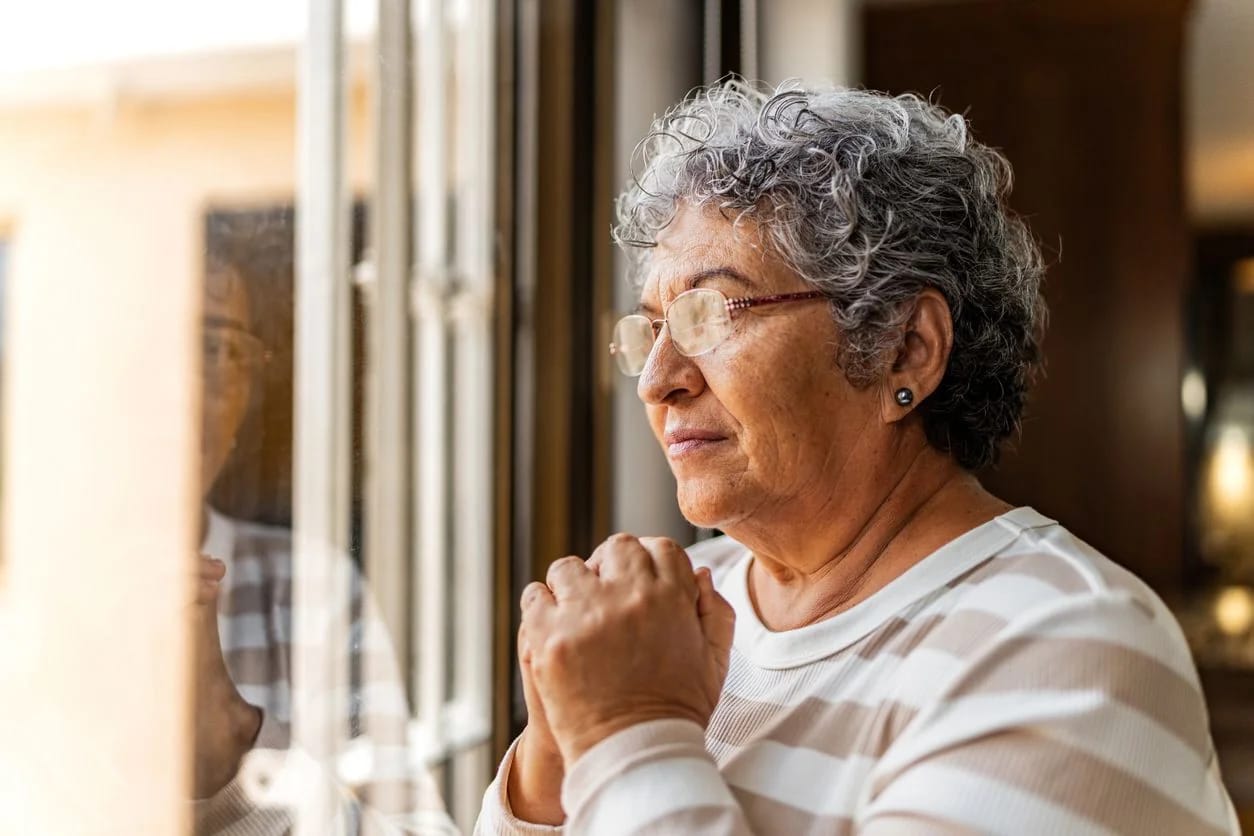Physical Therapy for Seniors: Overview, Benefits and More

Aging can present a variety of physical challenges that can impact mobility, strength, and overall well-being. For people 65 and up, maintaining independence is a top priority, and physical therapy for seniors plays a crucial role in achieving this goal.
Whether it’s recovering from an injury, managing chronic pain, or simply staying active, senior physical therapy offers numerous benefits that can improve quality of life.
What Is Physical Therapy for Seniors?
Physical therapy for seniors is tailored to address age-related challenges like reduced bone density, muscle mass, and balance issues. Its goal is to improve mobility, reduce pain, and promote overall wellness.
Common settings where physical therapy for elderly people is provided include:
- Clinics: Outpatient facilities where seniors visit for scheduled therapy sessions.
- In-home therapy: Physical therapists visit seniors at their homes for personalized treatment.
- Assisted living communities: On-site therapy programs designed for residents.
- Rehabilitation centers: Short-term intensive therapy for recovery after surgery or illness.
Benefits of Physical Therapy for Seniors
Engaging in physical therapy offers a wide range of benefits for seniors, including:
- Enhanced Mobility and Flexibility: Regular therapy helps seniors regain and maintain their ability to move freely, making daily activities easier.
- Improved Strength, Balance, and Coordination: PT for elderly individuals focuses on exercises that enhance muscle strength, balance and coordination, helping to improve overall mobility and quality of life.
- Pain Management for Chronic Conditions: Physical therapy can alleviate discomfort from conditions like arthritis, osteoporosis and back pain.
- Reduced Risk of Falls and Injuries: Through targeted exercises, seniors can improve their balance and reduce the likelihood of falls, which can have serious health implications.
- Faster Recovery From Surgery or Illness: After surgery, such as joint replacements, physical therapy is crucial for regaining function and independence.
- Improved Overall Health and Well-Being: Regular therapy contributes to better cardiovascular health, increased endurance, and mental well-being.
Types of Physical Therapy for Seniors
Physical therapy for the elderly is tailored to address different health conditions and needs. Some common types include:
- Geriatric Physical Therapy: Focuses on conditions such as osteoporosis, arthritis, and mobility limitations.
- Neurological Therapy: Designed for seniors recovering from strokes, Parkinson’s disease, or other neurological conditions.
- Cardiac Rehabilitation: Aims to restore cardiovascular health after heart surgery or a heart attack.
- Orthopedic Therapy: Helps seniors recover from joint replacements, fractures, or other musculoskeletal conditions.
- Aquatic Therapy: Conducted in water to provide a low-impact, resistance-based exercise option.
Cascade Living Group, in partnership with HealthPRO Heritage, offers personalized rehabilitation services, including therapy for recovery, mobility, strength, and overall wellness.

Common Exercises and Techniques
Senior physical therapy programs incorporate a variety of exercises and techniques to improve function, including:
- Strength-Building Exercises: Sit-to-stands, leg lifts, and bridges.
- Balance and Coordination Exercises: Weight shifting and tandem walking.
- Stretching Routines: Lower back, hamstrings, and hip flexors.
- Endurance Training: Walking, stationary biking, and light aerobics.
- Use of Equipment: Resistance bands, light weights, and parallel bars.
How To Find the Right Physical Therapist
Finding a qualified physical therapist who understands the unique needs of seniors is essential. Consider the following when making a choice:
- Experience and Qualifications
Ensure the therapist has experience working with senior clients and is certified in geriatric physical therapy. - Personalized Approach
Look for therapists who tailor treatments to individual needs and abilities. - Location and Accessibility
Consider whether in-home therapy or outpatient sessions are more convenient. - Questions To Ask
Inquire about their experience with conditions like arthritis, stroke recovery, and balance training.
Cost and Insurance Coverage
Understanding the financial aspects of physical therapy is important for seniors and their families. Coverage options include:
- Medicare Parts A and B
Cover both inpatient and outpatient physical therapy but only under certain conditions. Part A typically covers therapy received during a hospital stay, while Part B covers therapy provided in outpatient settings, such as a doctor’s office or therapy clinic, when deemed medically necessary. - Medicaid
Coverage for physical therapy varies by state and plan, typically requiring prior authorization. - Private Insurance
Most private plans cover physical therapy but require referrals or pre-authorization, with benefits possibly limited by visit caps or service types. - Out-of-Pocket Costs
Consider factors such as copayments, deductibles, and alternative financing options.
When Should Seniors Consider Physical Therapy?
Seniors should consider physical therapy when experiencing:
- Difficulty walking, climbing stairs, or performing daily tasks.
- Chronic pain affecting quality of life.
- Recovery from surgery, illness or injury.
- Increased risk of falls due to balance or coordination issues.
Starting therapy early can help prevent small issues from turning into bigger health concerns. Encouraging loved ones to seek help when needed ensures they get the support they need for better health and a brighter future.
Cascade Living Group offers personalized skilled therapy services, including physical, occupational and speech therapies, focusing on recovery, mobility, pain management, and memory. Specialized programs like Ageless Abilities, Falls & Balance, and Safe Transitions improve health, reduce fall risks, and coordinate care.
Additional services like HEALTHYFIT training, wellness assessments, and the Discovery Series support strength, balance, and chronic condition management to promote independence and an active lifestyle.
FAQs About Physical Therapy for Seniors
- What conditions can physical therapy address?
Physical therapy can help with arthritis, stroke recovery, osteoporosis, and balance issues. - How often should seniors attend sessions?
Frequency depends on the individual’s condition, but typically ranges from one to three times per week. - Are there risks to physical therapy for seniors?
When conducted by qualified professionals, risks are minimal, and exercises are adapted to the senior’s capabilities. - Can exercises be done at home?
Yes, therapists often provide at-home exercise plans to complement in-person sessions.

Physical Therapy Services at Cascade Living Group
Physical therapy for seniors is an invaluable tool for maintaining independence, managing chronic conditions, and improving overall well-being. If you or a loved one could benefit from physical therapy, now is the time to take action. Contact a local physical therapist or a Cascade Living Group senior living community near you for more information and start your journey toward better health and mobility.


